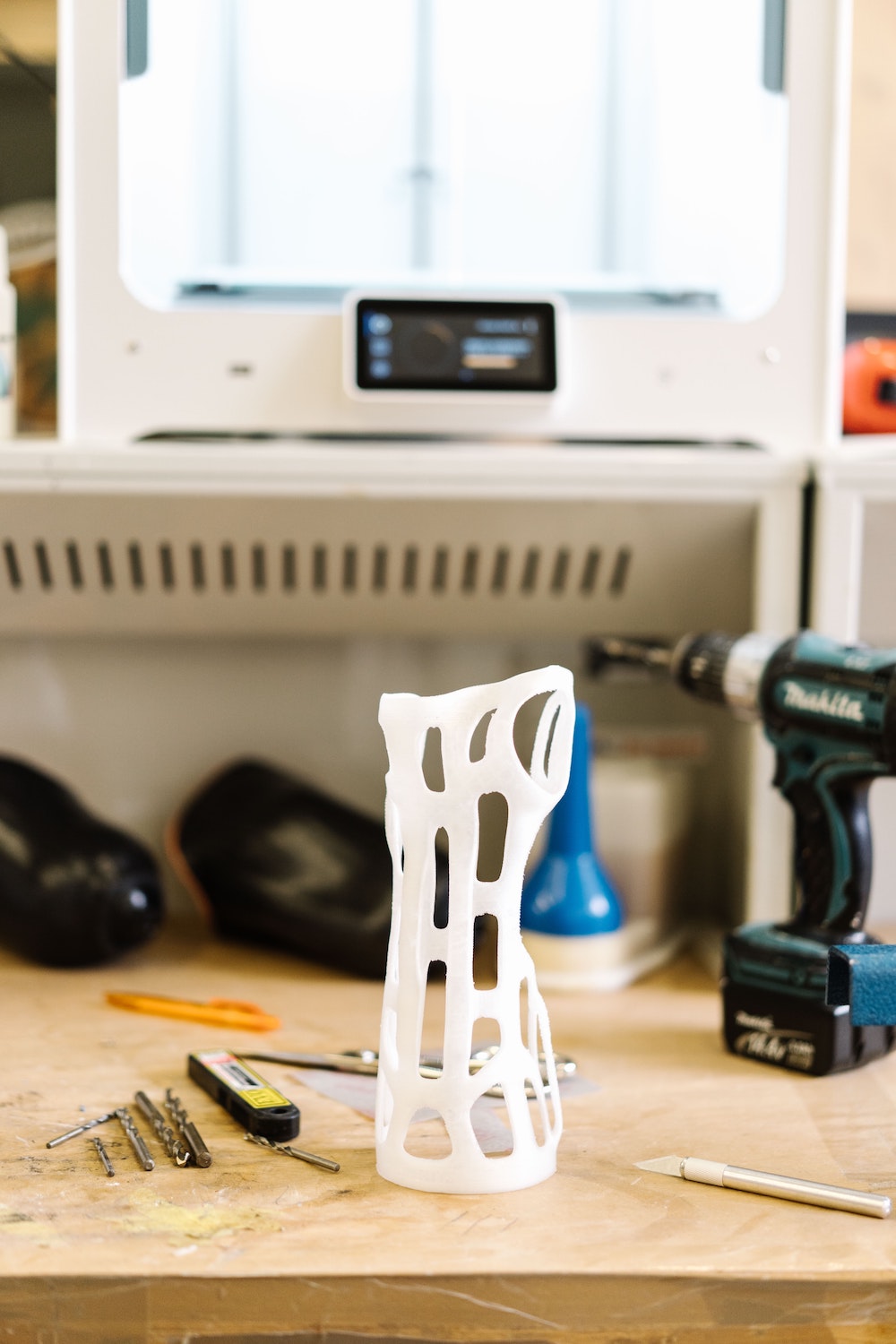6. Rapid Prototyping
 fig. 1 - Image Attribution - Photo by Tom Claes on Unsplash
fig. 1 - Image Attribution - Photo by Tom Claes on Unsplash
This week is your opportunity to start developing your individual creative computing project.
Focus on the most difficult aspects of your build:
- Order the relevant electronics, sensors, and modules you need. If you still have questions about components ask me (Matt), Ben or your programming tutor.
- Do a rough working model of your control system. Wire it up using Arduino/Uduino/Unity. Does it work?
- Does it interact with your Unity (or other) interface as expected? Move some game objects around using some digital or analogue input
- Is the data mapping correctly? If it’s an analog input, say a heat sensor, does the incoming data move game objects or trigger actuators as expected?
- Do virtual components react in a way that feels meaningful as you manipulate your control system?
- What does the user experience feel like?
- If the feel isn’t right, consider what needs to be done to improve the interface.
- How are your components going to be housed? Have you thought about enclosures or 3D printed elements?*
*This week you will be doing a workshop in Fusion 360 to give you a basic understanding of how to use software to create 3D physical objects that you can 3D print or even laser cut.
Activity for the Week
Build a basic prototype
You should be building on the foundations of your programming skills. After you have developed your proposal, poster and UML diagrams you should create a prototype that demonstrates these elements:
- A control system - you can input values into your game/experience from some custom control system composed of sensors that responds to user actions.
- An interface - your inputs are reflected as outputs to the screen or to some other output or actuator.
- Feedback - a user should be able to receive ongoing feedback as a result of their actions.
- Updated documentation - change these as your system progresses as a result of your research.
In week 7 we will be expecting to see a basic prototype in your seminar groups.